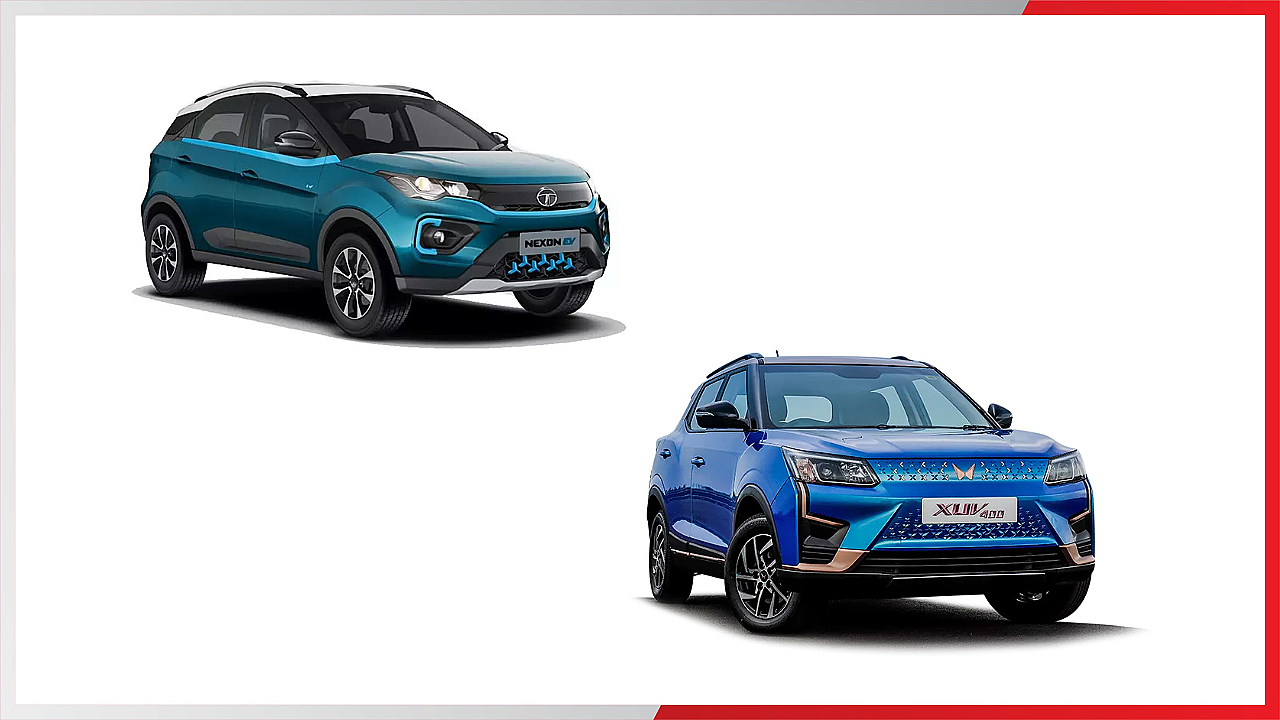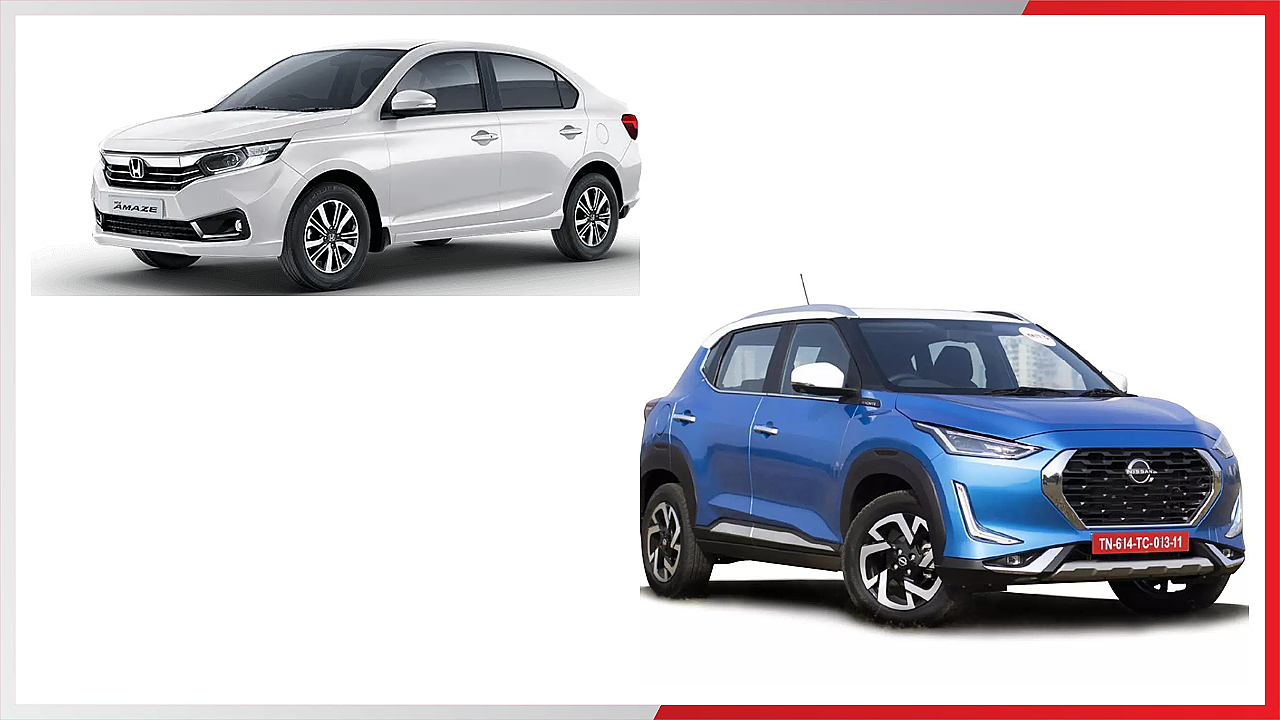
The last few weeks have seen two Japanese brands reiterate their commitment to India.
The first was Nissan, which has sorted out a whole lot of issues in the relationship with Renault and is now keen to take the growth story forward in this part of the world. More recently, on Thursday, Honda clearly conveyed the message that it had put its India house in order and was now on the way to rebuild its innings.
Both are welcome developments, especially when there have been some high profile exits over the years in the form of General Motors and Ford. India’s automobile market, post the pandemic, is now in a better space except that the leadership equations have not changed with Maruti Suzuki still ahead and Hyundai remaining the closest challenger.
Tatas, M&M Rev Up
Yet, what is different in recent times, is the resurgence of Tata Motors which is rapidly closing the gap with Hyundai and could even take over the second spot if its aggressive stance is any indication. Nobody would have imagined that the Indian automaker was capable of making such a strong comeback three years ago. Today, Tata Motors is firing on all cylinders and has a clear-cut strategy for its products and clean fuel initiatives.
Mahindra & Mahindra, likewise, has staged a revival and is determined to keep the momentum going with a sharp focus on its core SUV business. Another aggressive player, albeit a relatively recent entrant, is Kia that has established a strong connect with customers and will now pull out all the stops going forward. Like its group sibling brand, Hyundai, Kia is relentless in its pursuit of market share and keeping the adrenaline pumping.
It is this changed backdrop that Honda and Nissan will have to reckon with as they plan out their growth plans for the remainder of this decade. Nissan has a manufacturing relationship with Renault in Chennai and the top priority would be to target optimal utilisation of this sprawling facility, which has a capacity of nearly five lakh units annually.
Honda, on the other hand, had already shut down its older plant in Greater Noida and has indicated that it will only focus on producing cars at its Tapukara facility in Rajasthan. The company carried out a restructuring exercise which was intended to keep costs in check by way of factory and manpower rationalisation.

Competitive Arena
Clearly, the efforts have paid off and Honda is financially stronger to be able to rebuild its India presence. It is welcome news but, for a brand that has been around for 25 years, it will perhaps have to cope with the reality of a far more competitive market where it will have to take on tough rivals.
Further, unlike Nissan and Toyota which have allies (the latter has teamed up with Suzuki), Honda is going solo in India. It has forged some interesting tie-ups with GM and Sony for fuel cells and electric but these will largely be confined to North America.
In fact, almost every other multinational operating in India’s mass market has alliances right from Skoda-Volkswagen to Stellantis (the merged entity of Fiat Chrysler Automobiles and Groupe PSA). Luxury brands like BMW and Mercedes are solo but their buyer base is niche compared to a Honda, which is premium but targeted at more customers.
Importance Of India
It was a little over five years ago when a senior member of Honda Cars’ leadership team told this writer that India had emerged the “most vital emerging market” for the Japanese automaker by virtue of the fact that it was on the fast track and had overtaken other regions.
Headquarters in Japan was, therefore, taking a far more aggressive stance for countries such as India in terms of playing an important role in the overall automobile strategy. This was in sync with what the company had drawn up in its Vision 2030 roadmap, which stressed on greater regional cooperation.
The Indian arm had already worked with Brazil on the WR-V and was aware of the fact that brand Honda had a strong premium image in big cities. The WR-V also saw more involvement from the India R&D team, which was till then merely working on local component development instead of a complete product.
The mood then was more upbeat and the prospects of greater global cooperation seemed quite bright. Perhaps this was intended to even see a new phase of evolution where emerging markets like India would play an important role in Vision 2030.
Diesel, Petrol Dilemma
All this was prior to the news on the closure of the Greater Noida facility but Honda had already gone through its share of struggles. For instance, it did not have a diesel model when the entire market had abandoned petrol in the dieselisation era, when price subsidies played a big role in shifting customer behavioural patterns.

Petrol was far more expensive a decade earlier but the moment fuel price deregulation kicked in, customers did not find diesel such an attractive proposition since it was now dearer. Honda had a difficult time during this transition phase when it was just not ready with a diesel alternative and by the time it was, petrol was back in vogue.
The Honda executive, who spoke to this writer then, said the company was now in a better position to understand expectations for the brand, which was distinctly more premium and different from others. “While market share is important, our focus is to establish the brand not only in volumes but image,” he added.
With competition hotting up, the top priority was to grow the Honda brand image even more and ensure that it was ahead of rivals in the market. Mistakes of the past would not be repeated when, in an attempt to compete, it had attempted to “achieve a similar price range and set of specifications”. This only ended up causing a “slight discrepancy” with customer expectations of Honda.
Brand Positioning
The underlying message, which has been borne out by the sheer durability of the City, is that even in a price-sensitive market such as India, “expectations from Honda are a little bit more premium”. The executive said the company needed to focus on “proper positioned” cars where customers would be happy to pay a little more.
This was particularly important in emerging markets where the right positioning was important along with a differentiator product. “Awareness and presence is important for cars to become successful. We have to achieve some kind of premium position in each segment by offering features, quality and experiences of buying that is typically Honda. The key is to offer excellence at each point,” he said.
Today, Honda Cars India is clearly staying true to this strategy even while the market dynamics have changed in terms of SUVs leading the surge and a gradual phase-out of diesel across the ecosystem.
The company has reiterated that it means business and perhaps has chosen to remain a niche yet profitable player given the realities of limitations of scale. Eventually, this makes all the difference when it comes to competing in intensely price-competitive markets like India, where it is about the survival of the fittest.
Also Read
Renault, Nissan Script New Chapter To Address India Market
As New City Debuts, Honda Emerges More Confident About India
Tata Motors Crosses Five Million Production Mark For PVs
Hyundai Motor India Sees 17% YoY Growth In Rural Demand In CY22